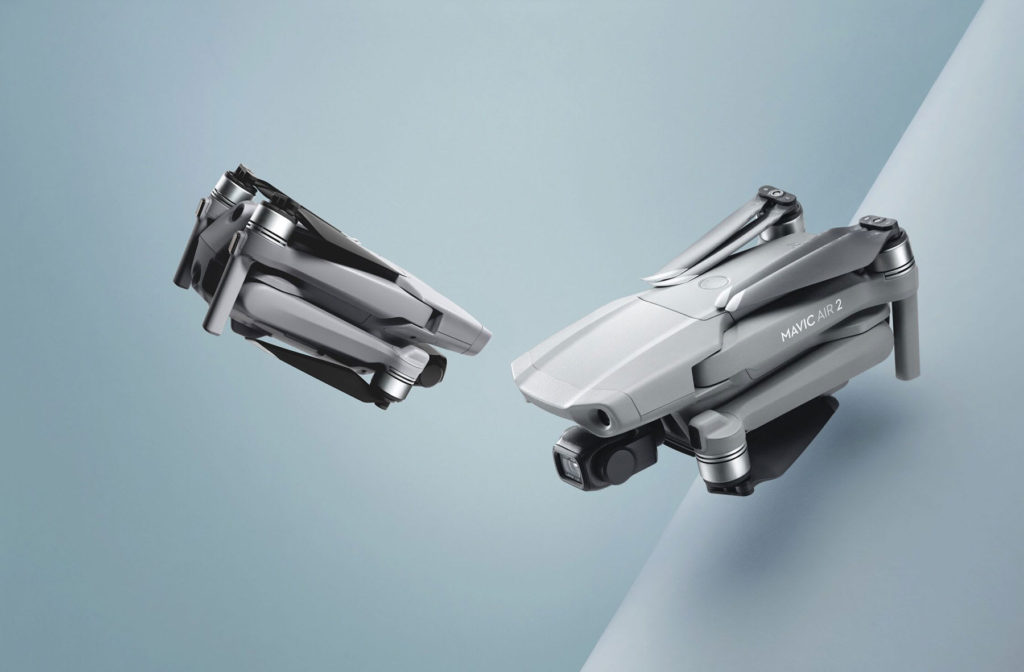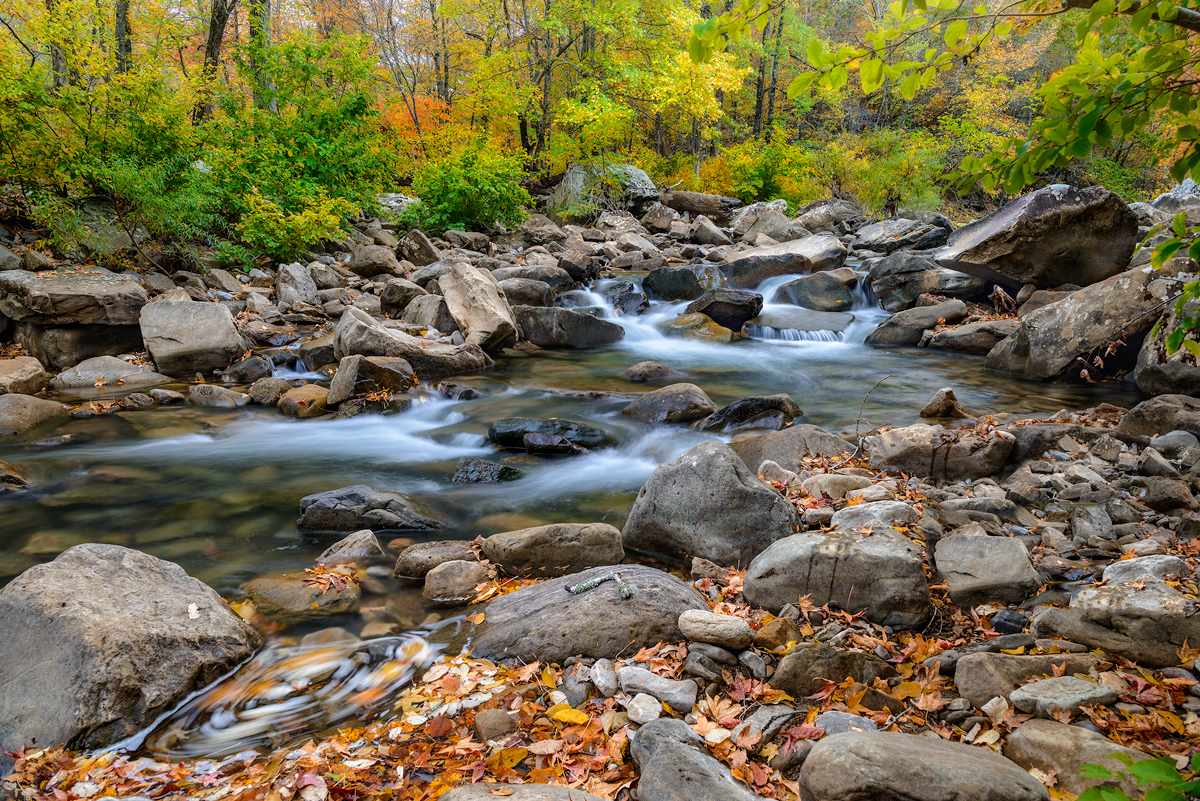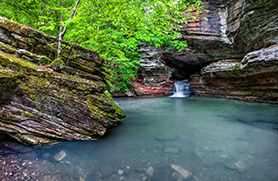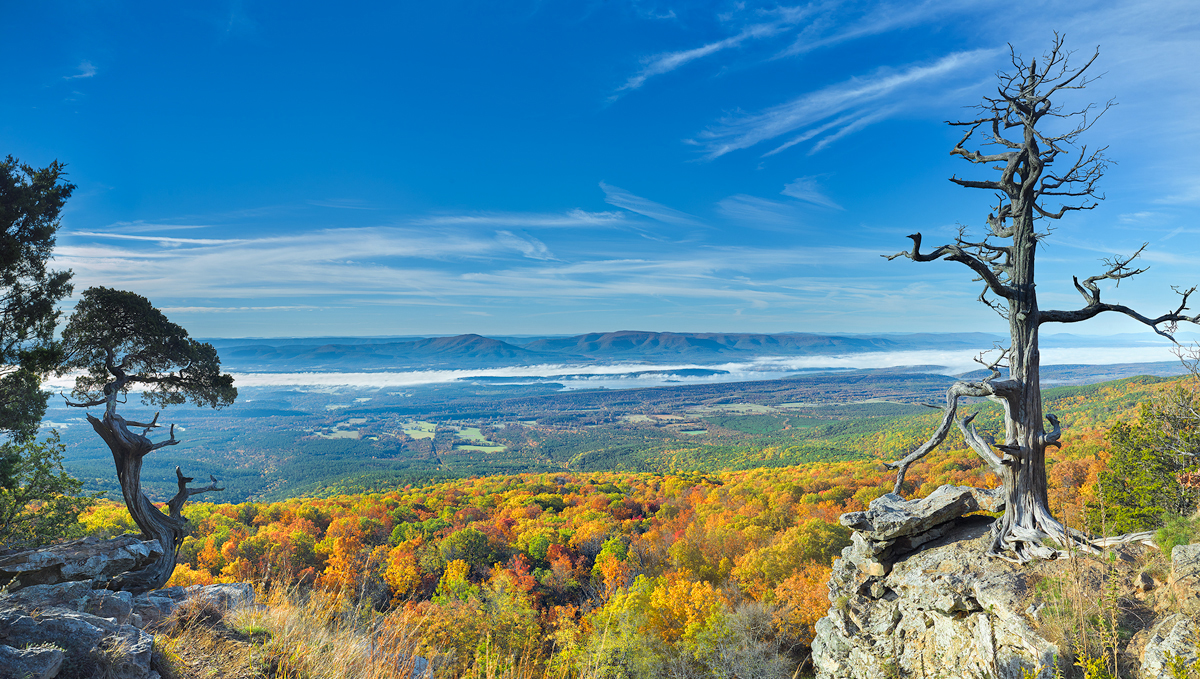As most folks know, DJI announced the follow on to the Mavic Air, the Mavic Air 2, which looks just like the Mavic Pro 2, only smaller. There are a ton of specs for the new drone, and many people are waiting in line to pre-order the new Mavic. It seems like this new drone has some great video specs, but if you are interesting in stills, or panos or any other non video type of photography from a drone, I think you should re-consider purchase of a Mavic Air 2.

After reading over the spec’s of this new drone, I found myself not that excited since I am not interesting in video only stills and for stills, resolution is what matters. Here are some issues that I feel will impact photographers looking for good quality stills.
One issue that stands out before my list is that DJI has not released a bug free drone in 2 years. The Phantom 4 Pro+ Vr 2 was plagued with an issue where it had yaw issues during hovering (note hovering is critical for still photography especially if you are working on a larger pano or shooting several images in a series to create a single large image), and the Mavic Mini since day one has had an uncommanded decent issue which has caused multiple crashes. Neither issue has been either admitted to by DJI or had any firmware update to fix.
- The fact that DJI is claiming 48MP output, is a totally misleading spec, as the true resolution of this 1/2 inch sensor is 12MP. The chip is a quad Bayer design, and has been in use with various cell phones for over 1 year. So it’s NOT a new chip. The standard output from the chip is 12MP and you can allow the the camera to create a “high output” 48MP image. This requires the sensor to take multiple images and then do an interpolation up to 48MP. This means you are interpolating 4x (12 x 4 =48). This is not the same as a pixel shift type solution where a sensor is shifted over a series of images to create a final output that is larger. DJI claims that the Mavic Air 2’s gimbal can be stable enough to allow the multiple images. That has yet to be determined, however based on the yaw issues I see with various Mavic Pro 2 drones I own, I doubt that such control can be obtained to allow for sharp detail.
- All Bayer sensor output is interpolated, as a Bayer sensor only can capture 1 color (red, green or blue). So if a green pixel is used then the red and blue are interpolated by software. This is done in the drone for a jpg and done in a raw conversion software for a dng. So in essence you are interpolating 5 times, 1 for color and 4 more times for final resolution if you want the high output 48MP size.
- With the 48Mp image output, it’s still unclear if standard raw conversion software like Lightroom or Capture One will be able to read the exif on the file and create the interpolation to 48MP. For a jpg this is done in the drone, but you have no control over any post controls with a jpg, (sharpening, WB, exposure, interpolation etc.)
- The aperture of the drone is fixed at F 2.8. Just like the older Mavic Pro Platinum, Spark or Mavic Air. This means you will not have any ability to slow down exposures other than adding filters. Also if you attempt to shoot a sunset or sunrise you will have very limited capability to control exposure as you can only change shutter speed. Also if you want to slow down your exposure for water effects or motion blur, you will be forced to use filters.
- The Mavic Air 2 controller has no screen, which I still prefer as you can get basic information on your drone from the data read out on the screen, distance, GPS, Speed which can help get you back home if you lose your phone or other video device while in flight or the DJI app crashes.
- The Mavic Air 2 appears to only use the new DJI Go Fly app, not DJI Go 4. There appears to be plenty of issues with the Go Fly app based on the Mavic Mini problems that have been around since release of that drone.
- The sensor in the Mavic Air 2 is a 1/2 inch 12MP sensor and thus has considerably dense pixel mapping. So don’t expect a high ISO performance that is acceptable past ISO 200. Also remember that the 1″ sensor in the Mavic Pro 2 has terrible high ISO performance even though the actual Sony chip in other cameras has good ISO performance up to ISO 800. Net DJI is not very good at producing a well balanced ISO range from any of the their current consumer drones.
- Neither the DJI Phantom 4 Pro + Vr 2 or Mavic Pro 2 have stellar camera lenses, you are required on most images to crop the sides. The Mavic 2 can show considerable softness towards the edges at all apertures and most times requires cropping off the edges as they tend to smear or blur considerably more than the center of the images. So with only 12MP to really work with you will be odds are cropping down to around 9 or 10MP if the camera lens in the Mavic Air 2 has the same optical quality of the Mavic Pro 2 or Phantom 4 Pro + Vr 2.



Recent Comments